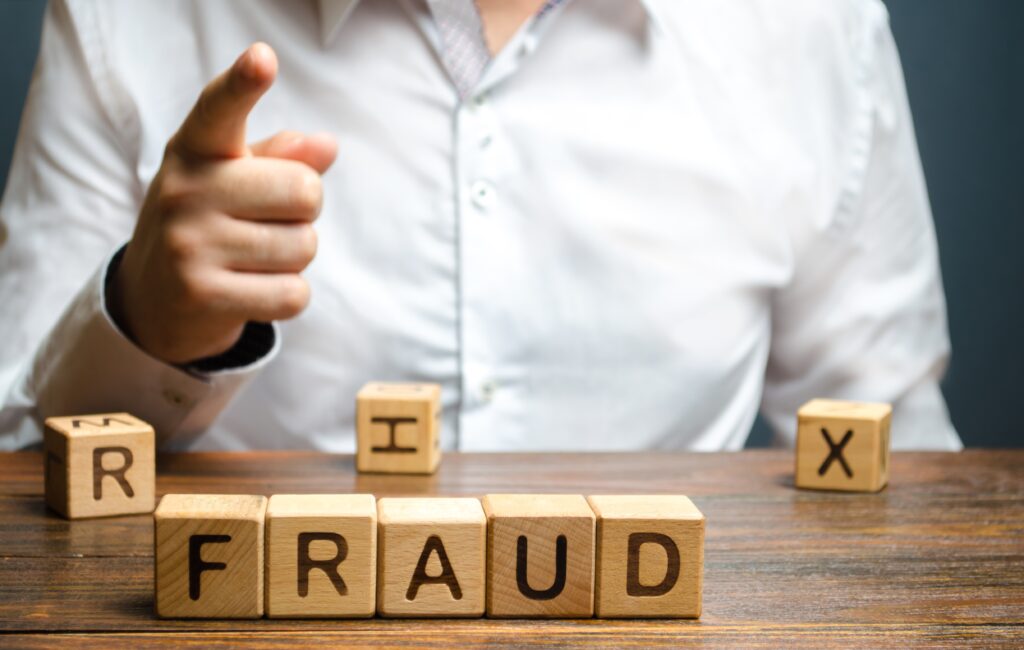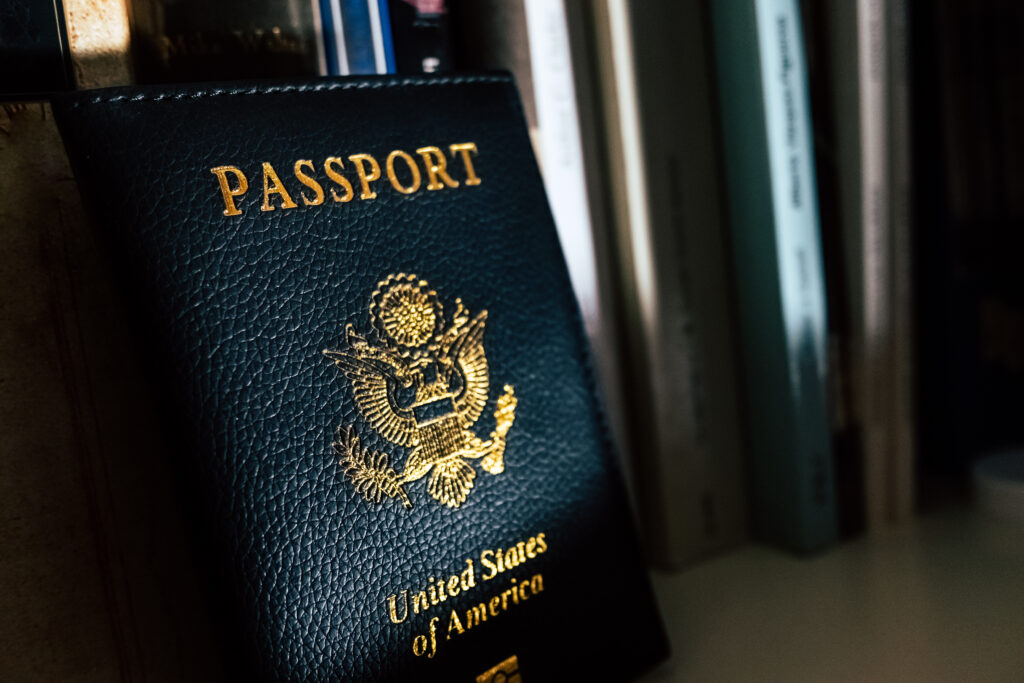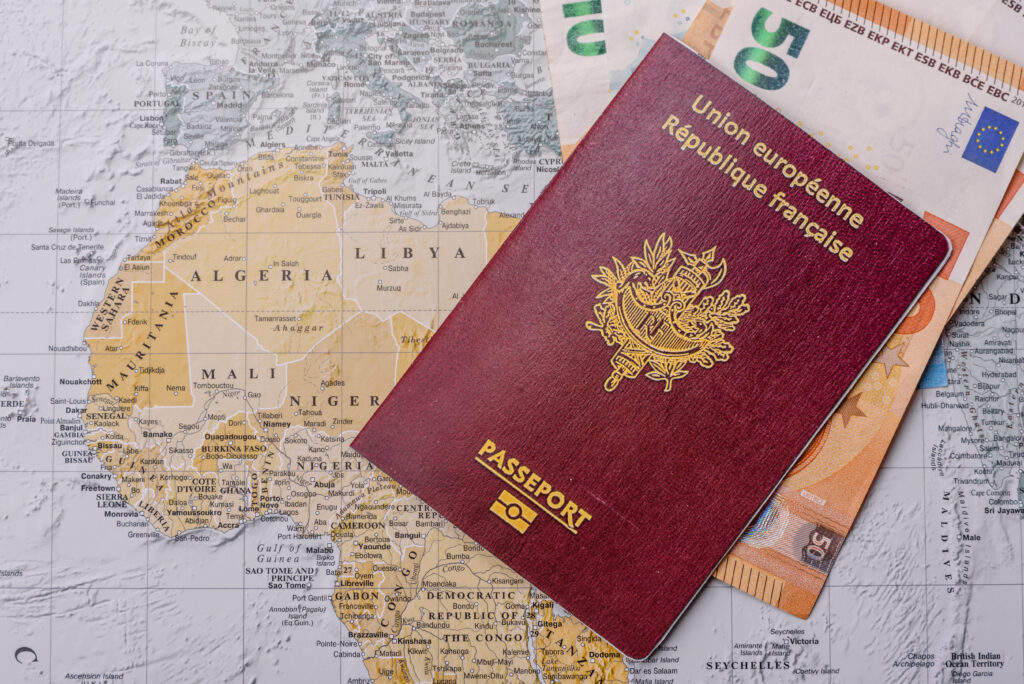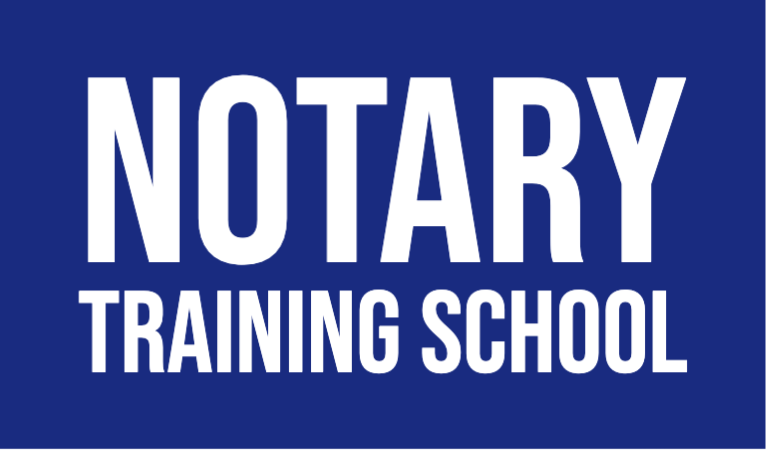Protecting Against Fraud: Essential Identity Verification Techniques for Notaries

In the realm of notarial acts, identity verification stands as a cornerstone of trust and legality. As a notary, your role is pivotal in ensuring that the individuals signing documents are indeed who they claim to be. This safeguard against fraud is not just a best practice but a legal necessity that upholds the integrity of notarized documents. In this article, we will explore the essential techniques for verifying the identity of signers, delving into the state-specific legal frameworks, accepted forms of identification, and practical steps to protect against fraud.
Table of Contents
Understanding the Legal Framework

The foundation of effective identity verification lies in understanding the legal requirements that govern notary practices. These regulations are established by individual states, each providing specific guidelines on acceptable forms of identification and verification procedures.
State-Specific Regulations
Each state in the U.S. has its own set of rules regarding what constitutes acceptable identification for notarization. Here are a few examples:
- California: Requires notaries to use satisfactory evidence of identity, such as a current ID card issued by the state or a federal passport. California notaries must also keep a journal of all notarizations.
- Texas: Accepts various forms of identification, including driver’s licenses, passports, and other government-issued IDs. Texas notaries are required to maintain a record book of all notarial acts.
- New York: Mandates the use of government-issued photo IDs and allows for the use of credible witnesses in the absence of a standard ID. New York also has specific guidelines for electronic notarization.
Understanding and adhering to these state-specific laws is crucial for notaries to maintain their credibility and legal standing.
Importance of Compliance
Compliance with state laws is not only a legal obligation but also a critical factor in maintaining the integrity and trustworthiness of notarial acts. Failure to comply with these laws can result in legal consequences, including the revocation of a notary commission and potential civil or criminal penalties.
Commonly Accepted Forms of Identification

When verifying a signer’s identity, notaries rely on a range of identification documents. Primary forms of identification typically include:
- Driver’s License: The most commonly used form of ID, which must be current and valid.
- Passport: Widely accepted and particularly useful for verifying the identity of foreign nationals.
- State Identification Card: Similar to a driver’s license but for non-drivers.
- Military ID: Issued by the Department of Defense, it is also a reliable form of identification.
Notaries must ensure that the presented ID includes a clear photo of the signer, a signature, and is current (not expired). Additionally, notaries should be familiar with the security features of these documents to better identify any signs of tampering or forgery.
Key Features of Valid IDs
A valid ID must include:
- A clear and recognizable photograph of the signer.
- A signature that matches the signer’s signature on the document.
- An issue date and an expiration date to ensure the ID is current.
- Security features such as holograms, watermarks, and microprinting to verify authenticity.
The Process of Verifying Identity

The actual process of verifying identity involves several steps to ensure the authenticity of the presented documents. Notaries should follow a systematic approach:
Examination of ID
- Examine the ID: Check for standard security features like holograms, watermarks, and microprinting. Look for any signs of tampering or alteration.
- Compare the Photo: Ensure the photo matches the signer’s appearance. Be mindful of changes in appearance due to aging, weight changes, or hairstyles.
- Verify Details: Confirm that the name, address, and other details match those on the document being signed.
- Check Expiry Date: Ensure the ID is current and not expired. An expired ID is generally not acceptable unless state laws provide exceptions.
Use of Technology
Advanced tools like ID scanners and online verification systems can be invaluable in confirming the authenticity of an ID. These technologies can quickly identify counterfeit IDs by checking against databases of known security features and verifying the validity of the ID.
Spotting Fake or Altered IDs
Spotting fake or altered IDs requires vigilance. Look for inconsistencies in font, alignment, and coloration. Compare the ID against known examples of legitimate IDs to spot differences. If the ID appears suspicious, it is better to refuse the notarization than to risk fraud.
Handling Special Cases

Not all identity verification scenarios are straightforward. Some signers may not have standard forms of identification, requiring alternative approaches:
Lack of Standard ID
For individuals without common IDs, some states allow the use of credible witnesses who can vouch for the signer’s identity. These witnesses must personally know the signer and must themselves present valid identification.
Foreign Nationals
Acceptable documents might include foreign passports or consular IDs, provided they meet the state’s criteria. Some states have specific rules about which foreign documents are acceptable.
Individuals with Disabilities
For signers who cannot physically present an ID, notaries might use alternative methods such as video identification in jurisdictions where remote notarization is allowed. In-person identification by a trusted caregiver or guardian may also be permissible in some states.
Record-Keeping and Documentation

Maintaining meticulous records of the identification process is crucial for legal compliance and future reference. Notaries should document:
- Type of ID Presented: Including the issuing authority and any serial numbers.
- Date of Verification: When the ID was checked.
- Details of the Signer: Names, addresses, and other relevant information.
Secure Storage
Secure storage of these records, whether in a traditional logbook or electronic format, is essential. Proper documentation protects notaries from liability and provides a trail of evidence in case the notarized document’s validity is later questioned.
Importance of Detailed Records
Detailed records ensure that notaries can defend their actions if their notarization is ever challenged in court. Records should be clear, accurate, and thorough, documenting every step taken during the identity verification process.
Common Challenges and Solutions

Identity verification is fraught with potential challenges. Notaries often encounter issues such as expired IDs, uncooperative signers, or suspicious documents. Solutions to these challenges include:
Expired IDs
Some states allow a grace period after the expiry of an ID. Know your state’s rules regarding expired IDs. If an expired ID is not acceptable, explain to the signer why a current ID is required.
Uncooperative Signers
Explain the legal requirements and the importance of identity verification to the signer. If a signer remains uncooperative, it may be necessary to refuse the notarization.
Suspicious Documents
Trust your instincts. If an ID seems off, don’t proceed with the notarization. It’s better to refuse than to risk fraud. Use tools and resources available to verify the authenticity of the ID.
Continuing Education and Staying Updated

The landscape of notarial practices and identity verification is constantly evolving. Ongoing education is crucial for staying updated on the latest laws, technologies, and best practices. Notaries should:
Attend Workshops and Seminars
Workshops and seminars offered by notary associations and training programs like the Notary Signing Agent Academy provide valuable information on new laws and best practices.
Join Professional Organizations
Professional organizations such as the National Notary Association provide resources and networking opportunities. Membership in these organizations can keep notaries informed about industry changes.
Regularly Review Updates
Regularly review updates from state notary commissions and other regulatory bodies. Staying informed about changes in laws and regulations ensures compliance and enhances the quality of notarial services.
Conclusion
Identity verification is a critical responsibility for notaries, serving as the first line of defense against fraud. By understanding the legal framework, using reliable forms of identification, following a systematic verification process, and staying educated, notaries can effectively protect themselves and the public from fraudulent activities. Prioritizing these practices ensures that notarial acts are performed with the highest level of integrity and trust.






Responses